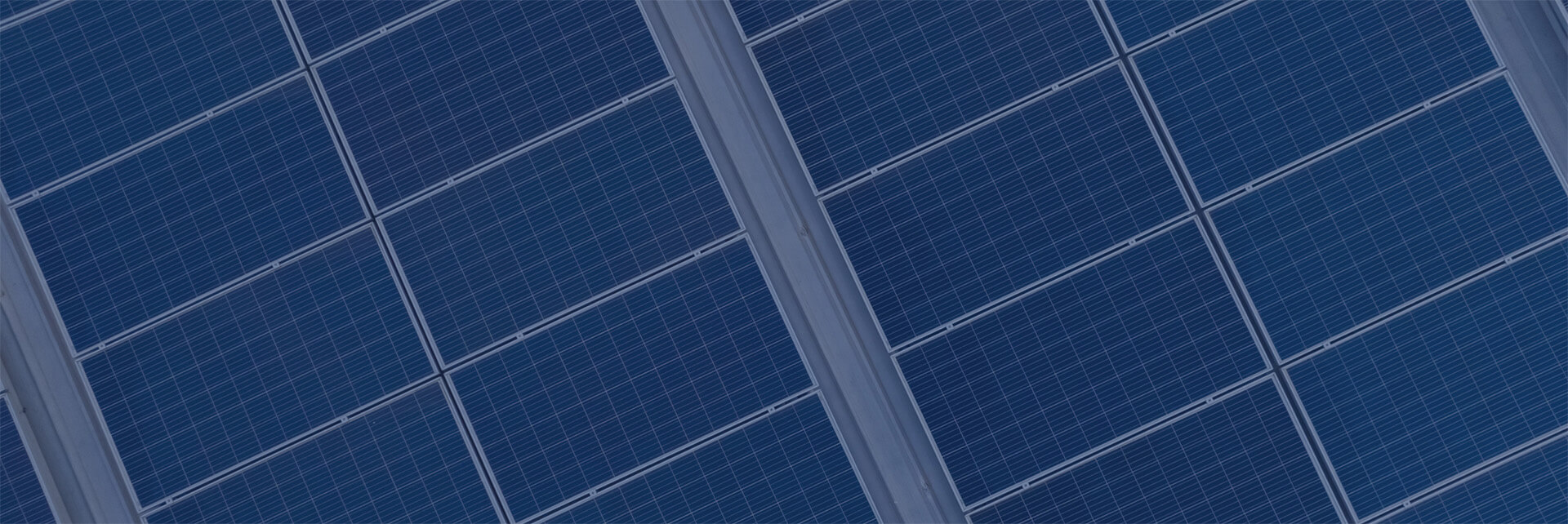How much energy is in my battery?

It’s one of the most difficult questions to answer, even for a seasoned system owner, but it’s an essential concept to learn. Understanding battery state of charge (SOC) will help you get the most value from your lead-acid batteries and significantly more system satisfaction. When you can reliably answer this question, you’ll be well on your way to off-grid nirvana.
Why is this so important?
Incorrect or insufficient charging of lead-acid batteries will result in chemical build-up on the plates inside the battery. This build-up is called ‘sulphation’ and can be difficult to remove and reduces charge efficiency and storage capacity. Minor sulphation can be removed by several complete charge cycles. Severe sulphation will require an Equalize charge. If an Equalize charge can not restore capacity then a new battery bank may be needed.
Simple indicators of State of Charge
- No power: your inverter has cut out to protect the batteries. They are dangerously low in charge.
- Batteries that ‘ought’ to be fully charged but don’t deliver nearly the energy you expect may be at low state of charge owing to age or heavy sulphation. Equalization may be indicated.
- Hot, sulphury smelling batteries indicate over charging. Turn off battery chargers immediately.
SOC: Voltage method
To use the voltage method, the battery must be fully at rest. No charging or discharging for at least 3 hours (preferably 8hrs for even more accuracy). Measure the battery volts and compare to the table below. Note that voltage is an indicator of SOC, not a measurement of SOC.
State of Charge vs Battery Bank Voltage
| 12V Flooded | 12V Sealed | 24V Flooded | 24V Sealed | 48V Flooded | 48V Sealed | Approximate SOC |
|---|---|---|---|---|---|---|
| 12.65+ | 12.80 | 25.3 | 25.6 | 50.6 | 51.2 | 100% |
| 12.45 | 12.60 | 24.9 | 25.2 | 49.8 | 50.4 | 75% |
| 12.25 | 12.30 | 24.5 | 24.6 | 49.0 | 49.2 | 50% |
| 12.00 | 12.00 | 24.0 | 24.0 | 48.0 | 48.0 | 25% |
| 11.80 | 11.80 | 23.6 | 23.6 | 47.2 | 47.2 | 0% |
Without a fully rested battery, the battery voltage is more an indication of what is going on at a particular instant vs true SOC. If it’s sunny and the loads are low, the voltage will read artificially high. If the sun is low and power use is high, the battery voltage will read artificially low. And if the battery voltage is swinging quickly and wildly with the solar input and loads is a likely indication the battery is aged or sulphated.
SOC: Specific Gravity method
For flooded lead acid batteries, you can measure the specific gravity and get an instant indication of state of charge (SOC) using the chart below. Measure all cells. Use the lowest specific gravity reading you measure.
| Specific Gravity (Temperature corrected to 25C) | Approximate SOC |
|---|---|
| 1.255-1.280 | 100% |
| 1.215-1.235 | 75% |
| 1.180-1.200 | 50% |
| 1.155-1.165 | 25% |
| 1.110-1.130 | 0% |
Battery SOC meter: Logging Energy in/out
This method is used by some higher end battery monitoring systems. By constantly logging the energy in and out of the battery and, using a reduction factor for charge inefficiency, a net calculation of the energy in the battery is determined. Usually represented as a % full or fuel gauge, this method can be accurate but needs to be periodically re-calibrated to account for additional system losses due to aging batteries. Be careful: it gets confused if a battery is sulphated. This can result in false positive results, meaning it will show a *higher* state of charge than is correct.
Getting to know one another
We have dozens of clients living off-grid. Those who are most successful get to know their system intimately. They observe the interplay between weather, the amount of energy they are using and the frequency of back-up generator runtime. From these they grow attuned to the capabilities and limitations of their system and what is normal behaviour vs abnormal behaviour. It doesn’t happen overnight but after a trip or two around the sun, having experienced all the seasons with their system, they become the experts. Reaching this level brings the same benefits any close relationship brings: relaxation and trust.
And if you believe this sort of transcendence is reserved for just human relationships then you are forgetting the inanimate relationships we have with many other bits of technology from our automobiles to our ovens to our smartphones.
Some relationships come easier than others and if you are not inclined to invest in this particular technological relationship than I strongly suggest an internet enabled system monitoring system so Generation Solar can be your well-informed, remote guru.
